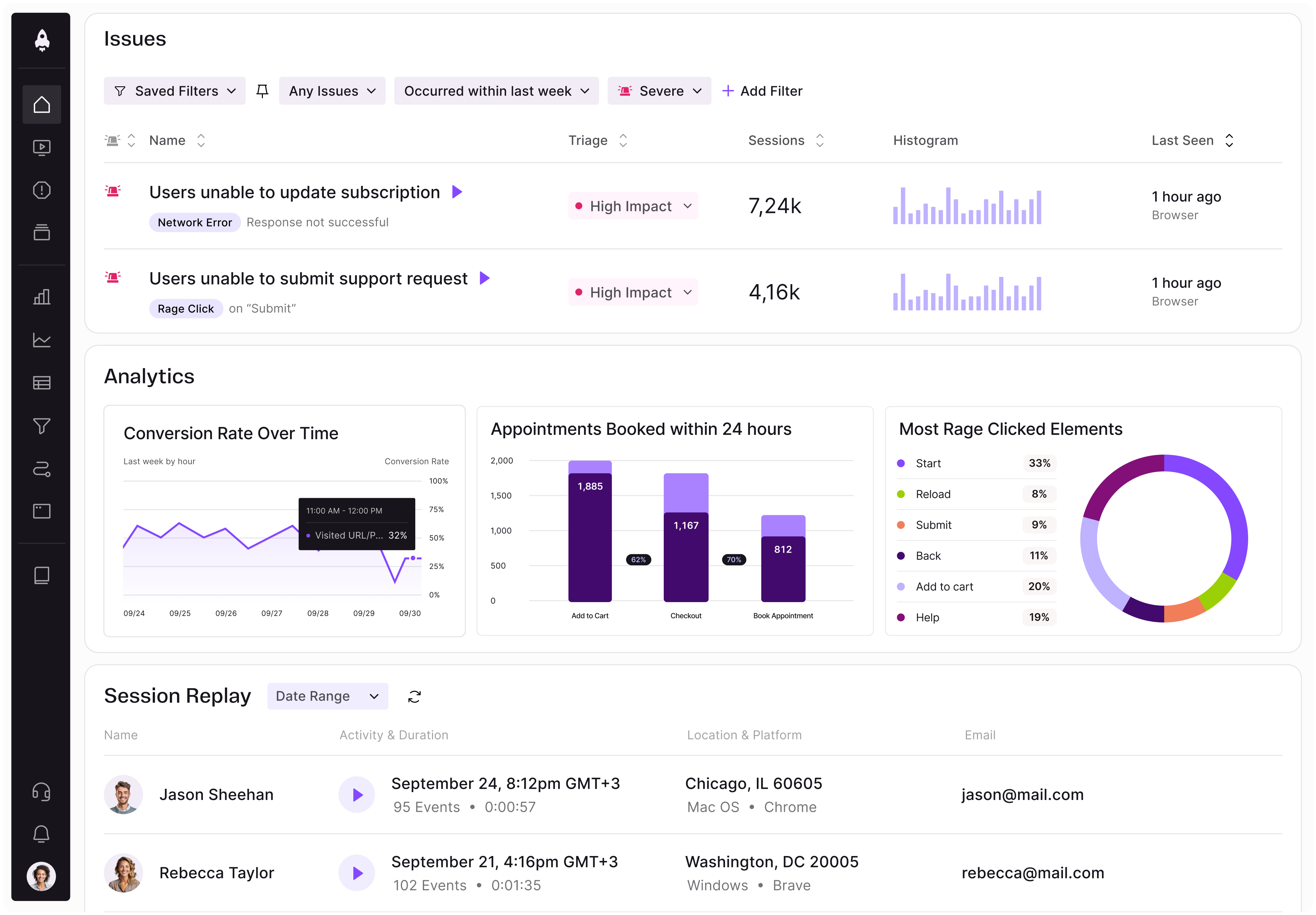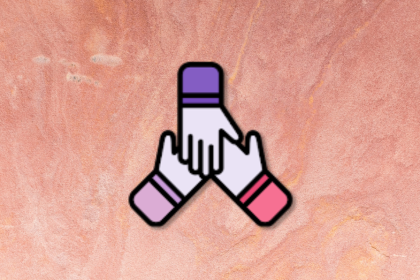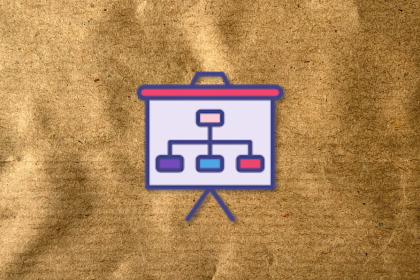Brit Tucker is Vice President, Head of Product & Technology at Society6, a home decor retailer that partners with independent artists to create meaningful, home art pieces. She began her career in product management at J. Walter Thompson INSIDE and Paradigm New Media Group. From there, Brit transitioned to digital marketing planning at General Mills before joining TURNER Public Relations. Prior to joining Society6, Brit brought her passion for health, wellness, and home decor and her product management expertise to companies like Cactus, Grit Digital Health, Pure Barre, BeautyCounter, and Lulu and Georgia.

In our conversation, Brit shares how her core values of wellness and authenticity influence her leadership style. She discusses her efforts to promote a culture of experimentation within the broader organization and also talks about her focus on helping ecommerce companies grow internal product and engineering teams.
Wellness and authenticity are core values of mine and the place from which I operate. With that, I want to show up at work in the same way I do at home because, well, I’m the same person. I truly believe in whole human development. If you’re not taking care of yourself and the things that are most important to you, you’re not going to show up at work as your best self.
Many of us grew up hearing the phrase “do as I say, not as I do.” But, the reality is that humans don’t work like that — we need to see values and actions embodied for us to fully understand them. So, as a leader, it’s important that I model what I want my employees to do. For example, if I say, “I don’t want you working on your PTO,” but my team sees me doing that, they might think they have to work on their vacation.
It goes back to what I model for the team. I want to create that permission slip for them by demonstrating that a boundary set can look different depending on what we’re working on. Also, I want them to understand that there are ebbs and flows in work. There may be periods when we work more than 40 hours a week, but there will be times when we don’t have a full workload and we can pull back and focus on other things. Creating that understanding and expectation with the team that work will expand and contract is really helpful.
When we’re in moments of contraction, I like to emphasize self-care. How can we take care of ourselves now, knowing that there will be periods where we have to expand our capacity? There are simple practices that you can embody as a leader to model this, like limiting Slack messages to your team’s working hours and setting clear expectations around responding to emails.
The last aspect is setting cultural norms. For example, what are we using Slack for, and how do we use Slack? When do we use email, and when do we jump on a call? When do we use the @here and @channel features on Slack? Setting those parameters helps give people an opportunity and the space to say “no” so that they can say “yes” to the things on their plate that may be more impactful.
For me, it’s all about play. I start from that perspective because it’s an opportunity to learn. It’s like being in the sandbox as a kid. I like to say that if you aren’t failing in your test, you’re not learning. I encourage my team to think about the aspects of the consumer journey that we don’t quite understand and would like to learn about. I want the team to have fun with it, get creative, and feel inspired by what ideas come to them as they start the process.
Generally, there’s no bad test, but we want to make sure we have a clear hypothesis. Often, teams get bogged down on what to prioritize in a test. Don’t let that get in your way — instead, focus on quick wins. Oftentimes, that means starting with content, not big features. For example, we can try to understand what types of headlines or images resonate on the homepage. From there, we can devise other tests. It’s that first tip of the domino that really unlocks people’s ideas.
Also, it’s important that the team is having fun along the way. I want them to fail. I think it’s really important to understand the process. If every test we’re running is a success, our tests aren’t measuring the hard things we need in order to understand consumer behavior. We have to understand the bounds on both sides.
I love having an experimentation Slack channel where we can celebrate both successes and failures. Especially since we’re a distributed team, it’s not easy to have those ceremonial in-person moments. We share test results as they’re completed and make sure the team understands the learnings we’ve gleaned from them. In the past, I’ve even had a dedicated Slack channel for failures that was completely separate from the experimentation one. It was a safe space to ask questions like, “What’s your biggest flaw for failure?” It didn’t always apply to testing — it provided an opportunity to talk about something that didn’t go as planned.
With failures, I like to make sure there’s a teachable component and container of safety around any conversation. When I was in an office setting, we would meet once a month and talk about those failures in a safe, fun, and fruitful way. There are lots of ways to explore this topic — it depends on the organization, culture, and the space you want to create.
At Society6, my product team works very closely with the marketing and merchandising teams. When my team has conversations with marketing, for example, and feels like the marketing stakeholder is on the fence, they’re encouraged to say, “OK, let’s test that!” It might not be an actual A/B test on the website, but an A/B test with an email, a paid search ad, or a search algorithm instead. I like to think of product and engineering teams as the PR team members for experimentation — they’re the brand loyalists, so to speak.
I also like to incorporate a cross-functional touch point with a regular cadence. Each month, all the teams come to the table to talk about what we’re testing and to help ideate. Even if product and engineering are the only teams actually testing, we involve our marketing and merchandising counterparts so they can witness, and hopefully be inspired by, what we’re doing.
The idea sharing is important because learnings from an email test could inform a test for the website. Or, a merchandising test could reveal something that we could test within the context of an email to get a better understanding of what resonates with customers. In this way, we’re not making decisions solely based on gut, but rather on what our customers are telling us.
Sure. There’s a new landing page a lot of retailers are using in the paid space that combines a hybrid of product detail page (PDP) with a product listing page (PLP). A lot of online shoppers jump to a brand site, don’t see what they want, and go back to Google search. This hybrid landing page acts as a miniature PDP. When a shopper clicks on a product listing ad, it takes them to a page with a small PDP at the top and a grid of products at the bottom.
I’ve seen success from this type of page in past roles, but it’s not a one-size-fits-all solution in that it doesn’t work across an entire product assortment. So it’s something my teams have tested to understand how our customers respond to it. In one variation, we found that the hybrid page worked well for a percentage of the catalog, but actually harmed the user experience for a percentage of products. That was really interesting because we hypothesized that it would improve every catalog item across the board, but that wasn’t true.
In our case, it had to do with the type of product and its life cycle. It takes longer for people to commit to purchasing some of our products. We found the hybrid page to be helpful with purchases that are more value-driven because the customer is looking for the first pick. Their intent to buy is higher. Whereas there’s much more consideration with products like furniture that have a higher price point. Also, the intent doesn’t necessarily work in the same way if the desired outcome is conversion versus simply adding an item to the cart.
At previous brands that I’ve worked at, people would drop an item in the cart and buy it right away. In that scenario, the hybrid page works well. But for higher price point items, like a skincare collection or a product that’s over $100, the customer is not as low in the funnel. So, reducing the bounce rate might be what we’re aiming for — keeping the customer on the site and enticing them with a long-tail journey.
In traditional ecommerce roles such as merchandising or marketing, career development ladders are a lot clearer. However, it’s a newer practice for ecommerce companies to have in-house engineers, product managers, and designers. Until somewhat recently, with the exception of large retailers, it was common for ecommerce companies to use agencies or offshore resources.
One of the things that I’ve been focused on in my career and in helping organizations is growing internal product and engineering teams. I’ve found that coaching and development opportunities are not as well-established in the ecommerce space. Companies like Apple or Google, for example, have invested millions of dollars into thoughtful talent development programs for these roles, and I want ecommerce to develop that as well.
I’m personally invested in making sure that these teams have the coaching that they need and a clear understanding of what growth can look like for them.
Part of being a leader means that you have to be really curious and want to manage people. That makes a big difference. Being curious about your direct reports helps you understand their motivation. That’s going to differ by person, and you’ll need to tailor how you coach them based on that.
Personally, I don’t like asking people where they see themselves in three to five years. Instead, I ask them about the experiences they want to have and the skills they want to collect. That helps me start to craft and architect opportunities, projects, or stretch goals to put in front of them.

LogRocket identifies friction points in the user experience so you can make informed decisions about product and design changes that must happen to hit your goals.
With LogRocket, you can understand the scope of the issues affecting your product and prioritize the changes that need to be made. LogRocket simplifies workflows by allowing Engineering, Product, UX, and Design teams to work from the same data as you, eliminating any confusion about what needs to be done.
Get your teams on the same page — try LogRocket today.

A practical five minute revenue estimation method to help product managers compare ideas, drop low impact features, and prioritize smarter.

A practical guide for PMs who want to stop being bottlenecks, delegate smarter, and lead teams effectively with a clear ownership framework.

Stop letting unreliable data block features. Treat data as inventory to track quality, ownership, and ship with confidence.

Learn why slide decks slow teams down and explore better tools like whiteboards, PRDs, and prototypes to improve collaboration and alignment.